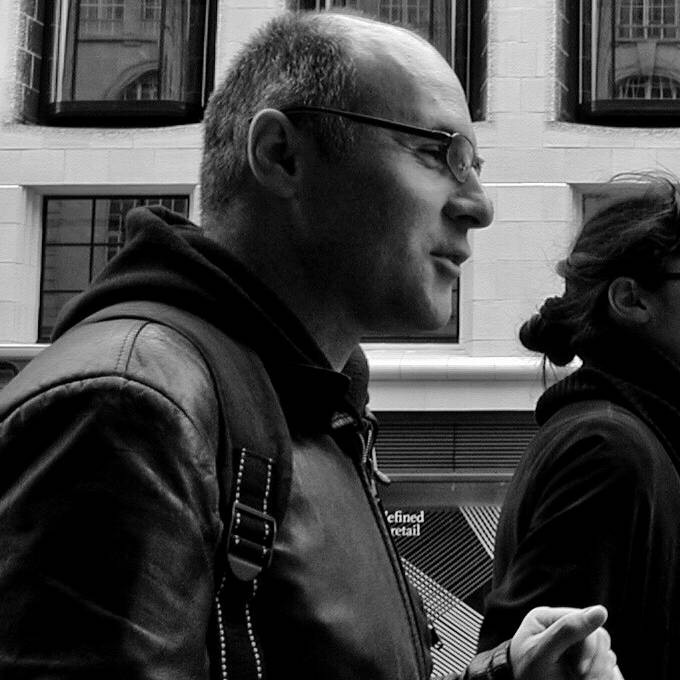 Cabirya is co-funded by the Creative Europe - MEDIA Programme of the European Union.
Cabirya is co-funded by the Creative Europe - MEDIA Programme of the European Union.
What Challenge Is Cabirya Solving?
According to the most recent trend analysis of the European market, the pandemic has significantly lifted streaming video consumption. In 2020, VoD subscribers in Europe exceeded 140 million. However, the presence of EU audio-visual content in the almost 800 catalogues of VoD services available in Europe is no more than 20%, and its visibility on the homepage of VoD is on average 18% vs 58% for US films.
In other terms, an impressive potential audience cannot easily find any European AV content, unpromoted and hidden in huge, chaotic, dense, and hard to explore VoD catalogues. The only access to reach these unknown works are basic and simple search tools by title or person.
In our opinion, there is no lack of stories. There is no lack of good stories, either. But stories must be found. Therefore, we can affirm there is a lack of tools to find them. What is missing is the meeting point between viewers and stories, a system that can increase the visibility of EU films and at the same time behave as a differentiating factor for EU VoD platforms.
What's the Solution?
In 2020 Cabirya successfully applied to the Creative Europe MEDIA Programme to develop a proof-of-concept of an innovative search API (Application Programme Interface) devoted to European cinema, positioning itself as the first search API platform specialised in European audio-visual content and the only search engine for moving image.
Cabirya, both as a standalone multiplatform search engine and as an integrated service in an existing VoD platform, provides the user with tailored recommendations, fast and accurate search output, and improved discovery experience, magnifying each single scene of the great European film heritage, allowing the users to discover Europe in its intriguing cultural variety and complexity.
Making AV content easier to find, Cabirya assures added value to the European film market allowing filmmakers, producers, distributors, broadcasters as well as national or regional archives, film institutes or similar institutions to increase the visibility and global distribution of their content reaching a far wider audience of a dynamic, varied, trans-national community of viewers.
Cabirya, as a cross-border and cross-language discovery tool of the European cultural and cinematographic realities, promotes new approaches to audience development in the digital age. Cinema lovers, video-on-demand users, sophisticated viewers, emigrants who can preserve their cultural identity, language students, new generations who can participate in an intercultural exchange experience, to occasional viewers, all can approach narrations that were previously unknown or neglected.
How Does Cabirya Work?
Each film is segmented into significant scenes. Cabirya’s frame, shot & scene boundaries detection technology, in addition with a cinematic based model rating of semantic and narrative relevance, allows the recognition of the most significant sequences.
Every single detail in a scene is revealed. Thanks to Cabirya’s movie frame deep tagging algorithm and accurate metadata generation, the user can reach every film through an almost infinite combination of keywords, like person, object, brand, text, action, location, color, shot, emotion.
Elements of each scene are related to each other. Cabirya’s advanced mapping system links similar scenes of different films from different countries. All elements of each scene are related to each other to build a rich web of hyperlinks. The user can navigate through the content in a very granular fashion, and stimulated by scenes' similarity, can approach films which they probably had never seen before and would not find with a common search engine.
The audio-visual works are automatically subtitled in the principal European languages. The optional parallel subtitles, in the original and user’s local language will guide and support the user in his exploration of the rich European language landscape.
Thanks to all these features, innovative tools and strategies, Cabirya is reaching out to wider audiences with European films and facilitates the circulation, distribution, and promotion of European audio-visual works.
Cabirya will start the first test phase by proposing to some institutional actors such as national or regional archives, cinematheques, film archives and institutes, to take advantage of its tools and its search API for free. Tagging, metadata generation, and insertion of thousands of hours of audio-visual historic works in the advanced mapping system of Cabirya will make that important film material available also outside the academic circuit.
About the authors
Antonio Emmanouilidis holds an eMBA from TRIUM, awarded jointly by the London School of Economics, New York Stern University and HEC Paris, as well as a PhD in Physics. Antonio has a background in the direction of the technology team in quantitative finance, risk management and trading systems. His experience extends in the field of client classification and machine learning.
Marco Moretti, cinema historian, expert librarian, storyteller and cultural animator is the author of various critics interventions, fiction works and screenplays. He has contributed to the making of promo videos and documentaries for various Italian institutions.
has contributed to the making of promo videos and documentaries for various Italian institutions.
Our website is: https://www.cabirya.com
Our contact is: This email address is being protected from spambots. You need JavaScript enabled to view it.



















